
Image Credit: All photos: Andrew Dey
I haven’t actually found any hardware stores in Berlin — something akin to Aubuchon in New Hampshire, or the mom-and-pop hardware stores that may still exist in some small towns in America. The biggest home improvement store chain in Germany is called OBI, which is the third largest such company in the world, after Home Depot and Lowe’s. I have heard that there is an OBI up in the Mitte section of Berlin, but Bauhaus is the home improvement store that I have seen while biking around town. In fact, a large new branch of this Swiss-based retailer is being constructed not far from our apartment. DIY is apparently alive and well in Berlin.
A couple of weeks ago, I had occasion to pick up a few items at Bauhaus. Since I was not in a rush, I decided to tour the store with my camera, taking photos of things that seemed notable, particularly as compared with the product selection at home improvement stores in the U.S.
The rest of this post contains lots of photos interspersed with brief notes. If visiting the Home Depot doesn’t give you the shivers, you might find something of interest herein.
This billboard greeted me in the parking lot:
I dig a woman who hangs her own Sheetrock.
Bauhaus gets points for the adaptive re-use of a pre-War industrial building. Inside, riveted steel beams and trusses are still helping to hold up the roof.
This particular store rivals its American cousins in size. This judgment is based not on square footage, but on how tired I was after walking through it for an hour.
Near the entrance was a display of self-contained vertical wood splitters. Who is using these in the city?
The power tool displays look familiar, although dominated by German brands (Metabo, Bosch, AEG), and with a particular emphasis on hammer drills:
All buildings, everywhere, even the masonry buildings in Germany, have issues with moisture. The store has a large area devoted to waterproofing and water management products.
This dimpled plastic drainage mat is similar to the one I installed under the new slab in our basement, just before we moved to Germany.
No U.S.-style concrete blocks (CMU’s) here, but lightweight aerated concrete blocks are readily available:
There are masonry lintels for sale.
The insulation aisles include one dedicated to rigid EPS foam blocks, and another to the accessories and stucco products necessary to finish them. I have seen weekend warriors installing foam and stucco on the exteriors of their masonry houses.
The EPS foam aisle:
EIFS accessories:
Metal starting strips to support the first course of rigid foam installed on exterior walls:
Plastic expansion anchors used to fasten rigid foam to a masonry wall:
More EIFS accessories: corner beads and plastic mesh for window returns:
The store offers a variety of stucco products, but no wood clapboards, wood shingles, or fiber-cement siding.
A couple of aisles in the insulation area displayed mineral wool batts.
The store also sells (to my surprise) fiberglass batts.
There are nice displays with information and materials for air sealing:
More air sealing materials:
These “Fermacell” sheets are sandwiches of EPS foam filler between two slices of a hard, Homasote-like board.
These boards are also used on top of concrete floors, as an underlayment for finished flooring. The structural floors of most homes I have seen are cast concrete — strong, but not particularly insulating or comfortable. These boards are overlaid on the concrete to form a subfloor. Annette tells me that German building codes have requirements for sound attenuation between floors. In addition to enhancing insulation and comfort, these “Estrich” subfloor systems play an important role in minimizing sound transmission.
A closeup of the Fermacell sandwich panels:
A variation on this theme includes what I believe are EPS pellets, or something like them (think bean-bag chair filler). Sold in large bags, these pellets are dumped onto the structural concrete floor of new construction or a renovation, screeded flat, and then overlaid with a layer of interlocking Estrich subflooring.
Here is a display for the overlapping subfloor panels:
The store had an aisle for gypsum drywall, but I didn’t see any cement-based tile backerboard; just these lightweight foam, fiberglass-mesh-reinforced panels as a substrate for tile. I know that such boards are making inroads in the U.S., but most tilers I know still use cement backerboard. The fiberglass-reinforced panels probably work great, but I am afraid that they are too light weight to inspire confidence.
The tile section of the store was what I might have expected, although substantially larger that I have seen in American home centers. When setting tiles on a masonry base, I have occasionally thought it would be useful to have a masonry-reinforcing product that is something between expanded metal lath, and the 6×6 welded wire mesh that is typically used in concrete slabs. Like this product, with a grid that is roughly 2 ½” x 2 ½”:
Wide masonry walls necessitate not only wide window sills on the outside, but also potentially wide interior sills or stools. These prefabricated stone stools are available in marble and granite:
The dimensioned lumber was all metric, of course. The framing lumber tended toward squarer cross sections, rather than the rectangular 2×6’s and 2×10’s that we build with in the U.S. Not sure why. Most of the lumber I have seen being used in and around Berlin is for roof framing. Here is a display explaining the standard lumber dimensions:
The area devoted to windows was not large, but the stock windows I saw were impressive. I have not seen any double-hung windows in Germany; they are all tilt-and-turn. These windows are great to use, once you figure out how the hardware works. And they seal very tightly.
All of the interior doors I have seen in Germany have had rabetted edges. Solid wood doors are rare. Door hardware tends to be robust. I haven’t seen any round knobs; just levers.
Some jamb and casing systems:
Hinge systems and strike plates:
Like the tile area, the section devoted to flooring was quite large. However, there wasn’t any solid-sawn wood flooring. All of the flooring was some version of laminate or engineered wood flooring — “floating floor” systems.
In the U.S., I have seen two or three possible underlayments for floating floors: a flimsy closed-cell foam, a rubber mat, maybe rolls of thin cork. The displays in Bauhaus offer fourteen different types of underlayment — along with information to guide the selection.
I didn’t see any stone countertops on display, but there were lots of prefabricated counter sections with different types of laminate finish. I couldn’t figure out exactly why the store needed an edge-banding machine, but I was impressed that it was there.
Behind the edge-bander was an aisle with Leimholzplatten, panels made up of three cross-laminated layers of solid wood. They are available in a dozen different species, including bamboo, acacia and paulownia.
A view of the bamboo panel edges:
I am not sure why these panelized wood products are not more prevalent in the U.S. They are great for furniture and casework, and even for interior finishes. They are more durable than plywood, and easier to work with.
Getting tired yet? At this point in my tour, I was starting to slow down, but I was only about halfway through the store. I decided to skip the landscaping/gardening section.
Automatic awnings to shade your windows in summer, and to allow light in during the short winter days that are now upon us:
Umm…hand miter saws, anyone? My grandfather owned one. I think the last one I saw was in an antique store in Swanzey, N.H.
Slings! I cherish and selfishly guard the collection of four specially-ordered picking slings that I have in the U.S. Turns out that if you have an upcoming crane project in Berlin and you need a few extra slings, you can just pedal over to Bauhaus to view the store’s sling-o-rama:
Jeez, we haven’t yet gotten to plumbing or electrical. Time to dig deep and pick up the pace.
Annette has never “gotten” the fin-tube baseboard radiators (convectors) that are so common in New England. They are hard to clean under and inside, the covers always come loose, and the fins get bent. Germans prefer these more solidly-built wall-mounted units:
When Annette and I built our timber frame home in Alstead, N.H., we imported our bathroom’s hydronically heated towel-warmer from Germany in our checked baggage. It was damaged only slightly en route. If we were ever to need one in Berlin, the difficulty would not be in procuring it, but rather in deciding on the size and type:
Plumbing drain/waste/vent (DWV) systems in Germany are not glued together with PVC cement; the gasketed fittings are simply pressed together. Tedd Benson started promoting this system years ago as a potential building block of Open Building in the U.S.
Fittings for domestic water systems come in at least three flavors here: pressure-fit gasketed fittings (“Steckfitting”), compression fittings, and soldered fittings — with plastic and copper pipe to match.
Let’s skip electrical, lighting, paint and appliances, because this home center tour is going from exhaustive to exhausting. Just a couple of other areas to note.
Options for ventilation ductwork in the U.S. are limited. We have flimsy flexible duct that is simple to install, but not durable or particularly safe, and we have rigid metal duct that can be a pain to work with. I like the thin-walled rigid plastic duct system that I saw in Bauhaus. The display suggested four different levels of “duty rating,” with spiral metal duct available for the most demanding applications.
This display shows thin-walled plastic ventilation duct:
Nice bathroom displays. Most modern toilet installations in Germany are wall-mounted, presumably for ease of cleaning under and around. The flush tank is hidden in the wall. Most activators are dual flush.
There was certainly more to show and tell at this store, but by this point I was ready to call it a day.
I had picked up three items on my journey through the store: a 14mm/15mm wrench for our bikes, a packet of shelf rest pins, and a utility knife.
Although tired, I was looking forward to biking back to our apartment. Before leaving, I grabbed a quick bite at the bistro located near the store’s exit.
No fried egg sandwiches or Italian sausage grinders here. I treated myself to a delicious cheese sandwich on that dark, nutty whole grain German bread, and pedaled home through a gray drizzle.
Andrew Dey’s background includes carpentry, contracting, and project management. For the past six years he has provided construction consulting services to clients in New Hampshire, Vermont, and Massachusetts. He is passionate about retrofitting existing buildings — including his own house — for greater energy efficiency. His blog is called Snapshots from Berlin.
Weekly Newsletter
Get building science and energy efficiency advice, plus special offers, in your inbox.





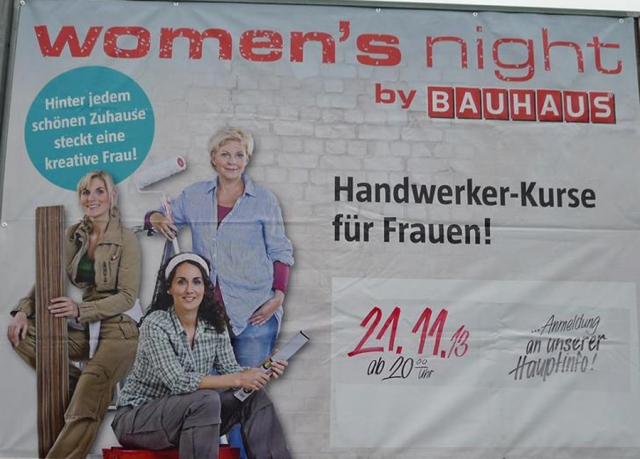
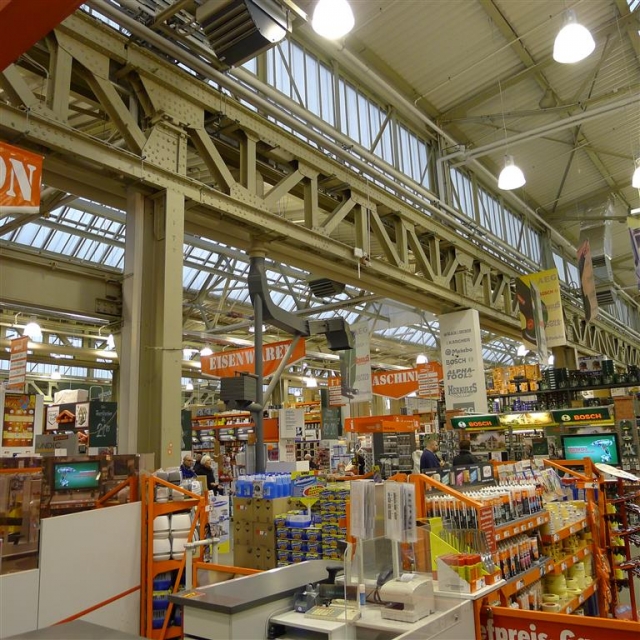


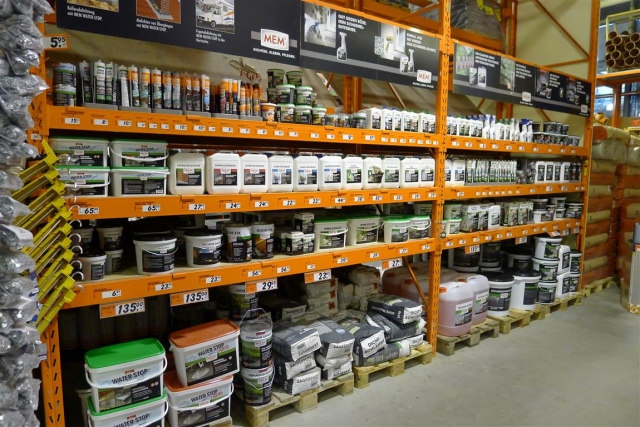
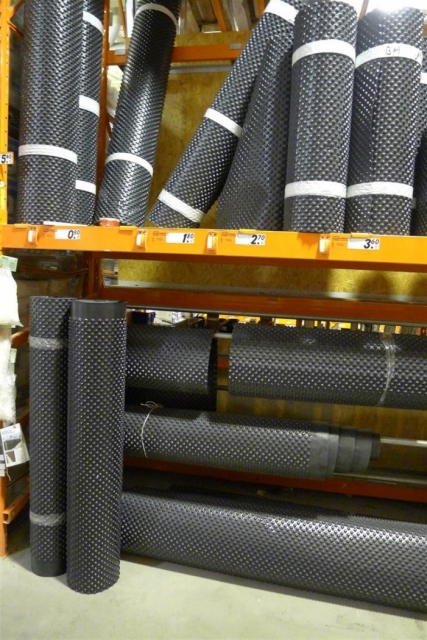
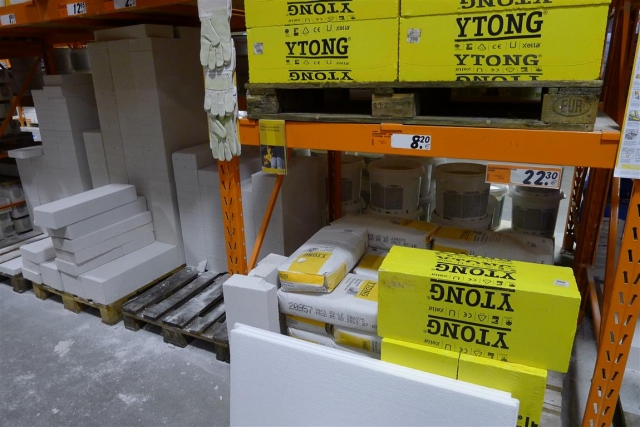
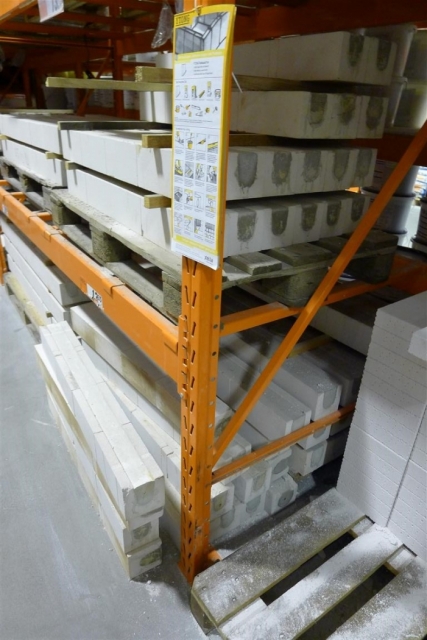
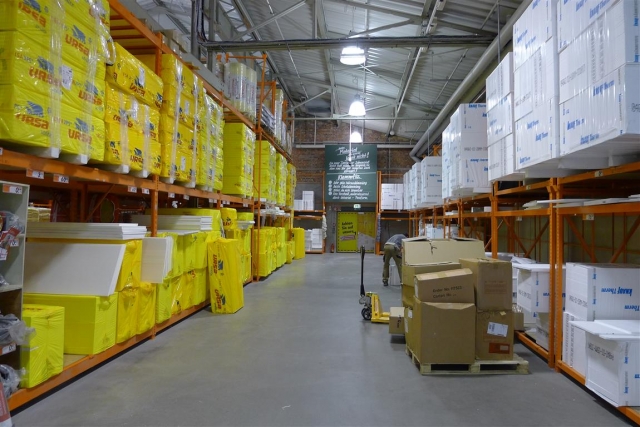
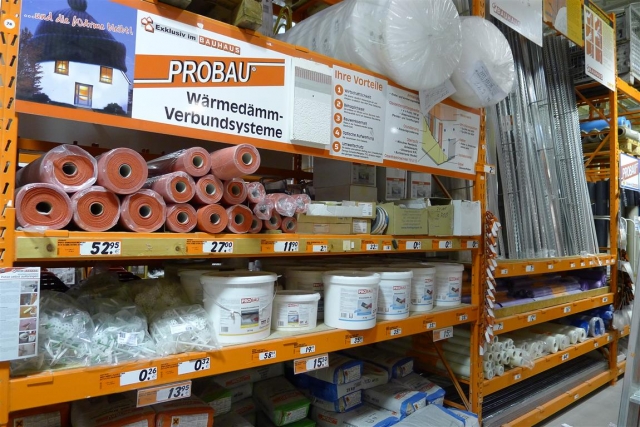
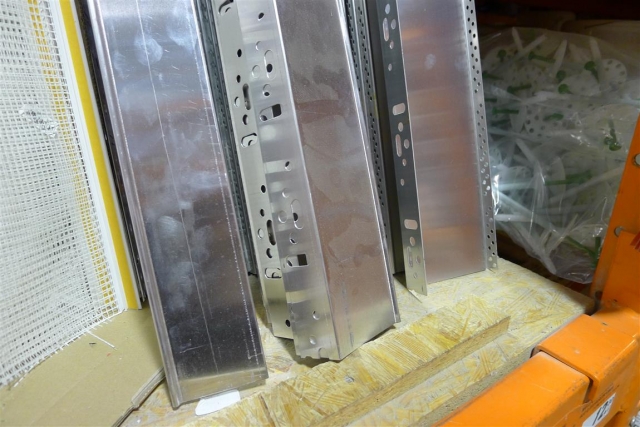

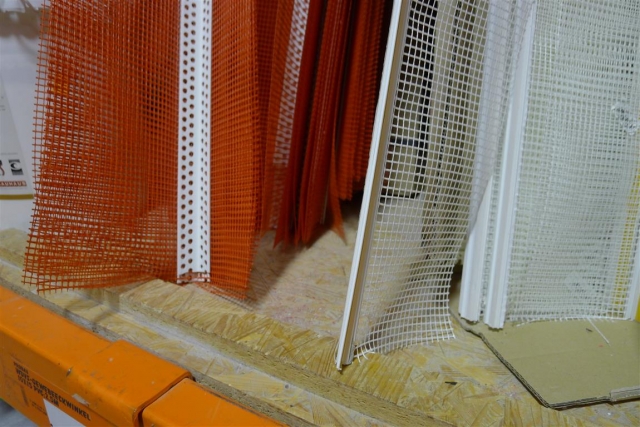
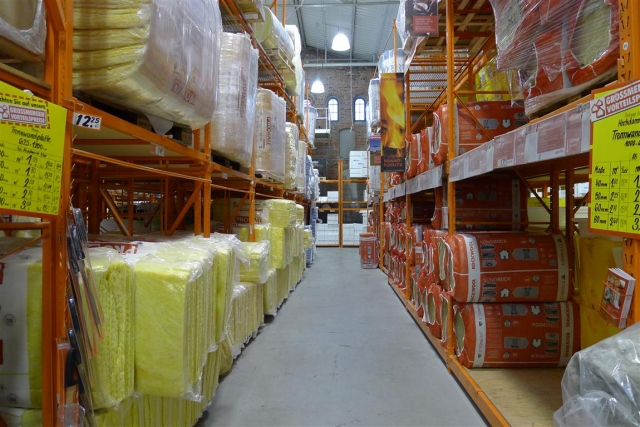

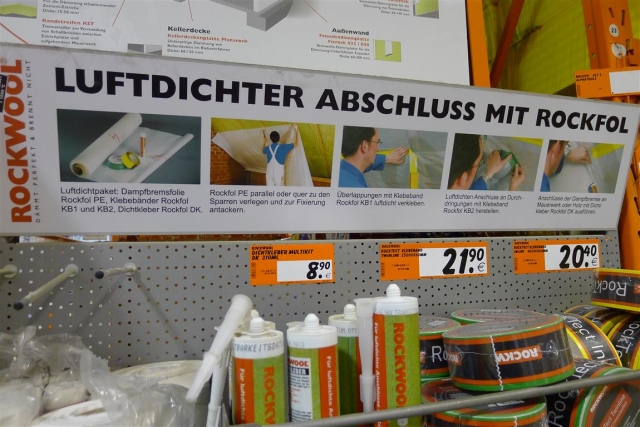
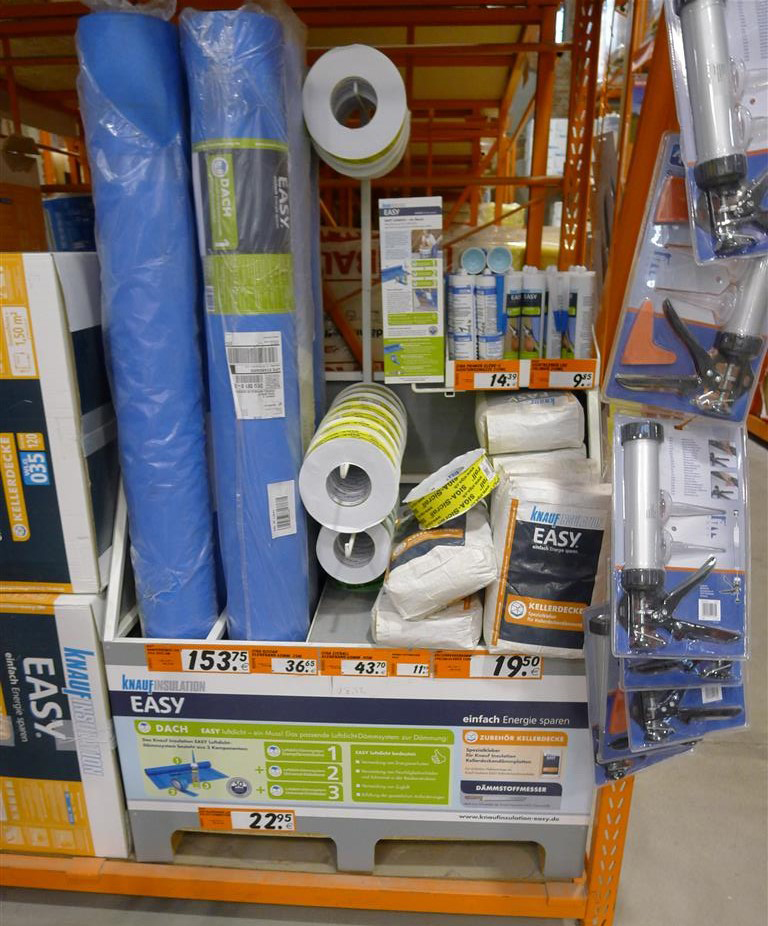
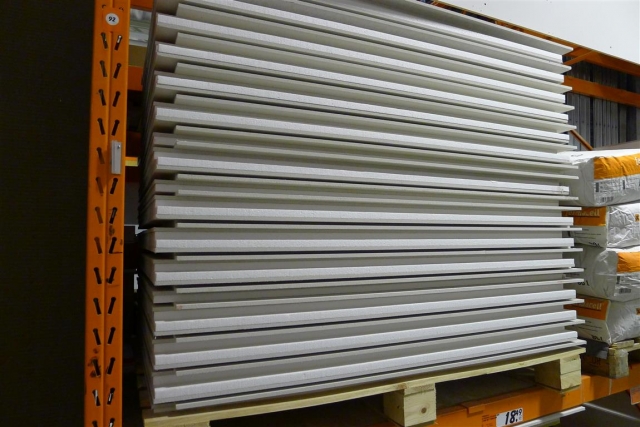
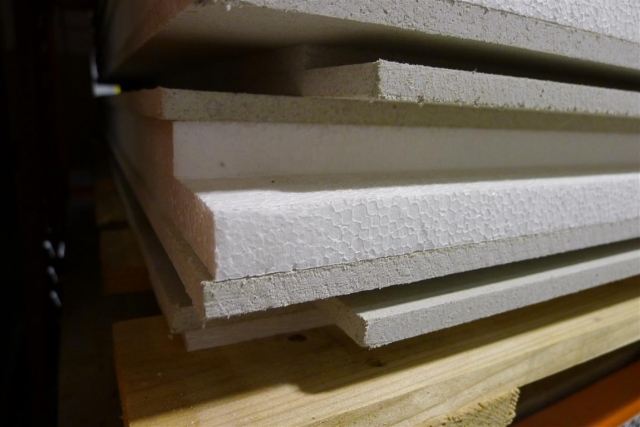
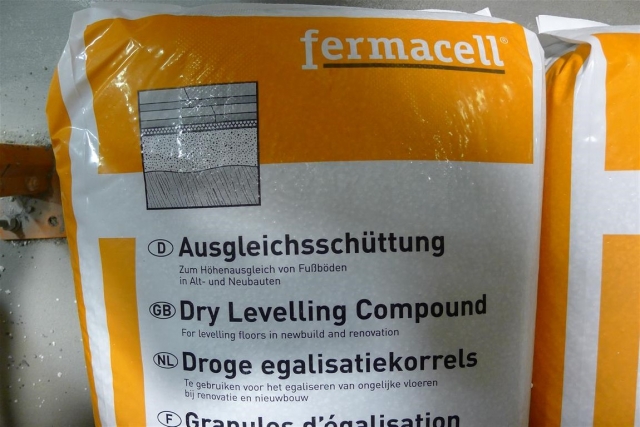


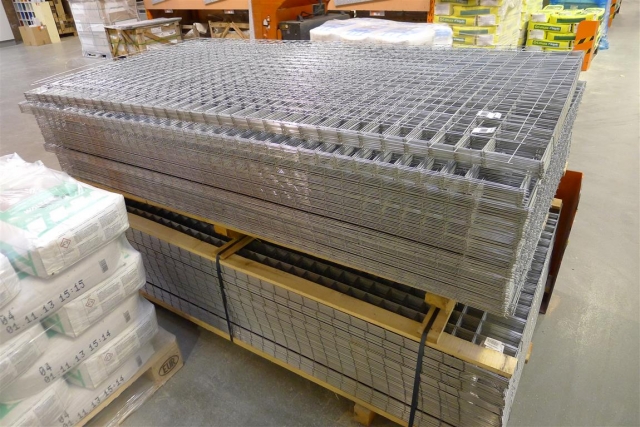
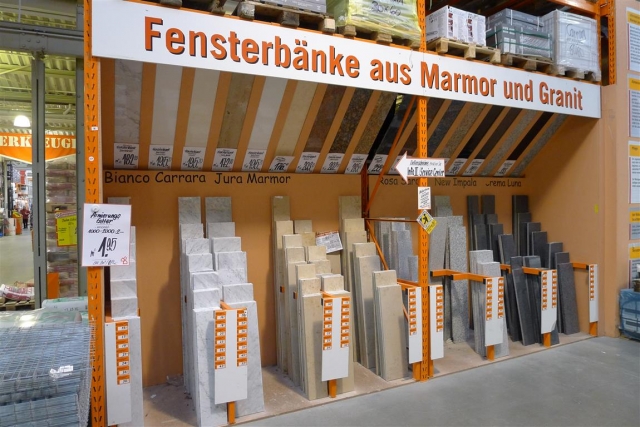
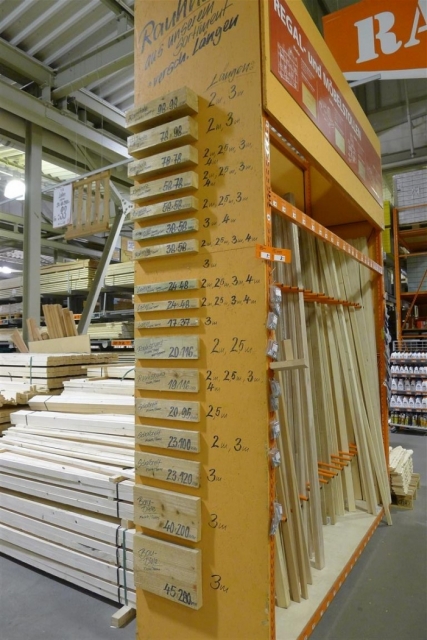
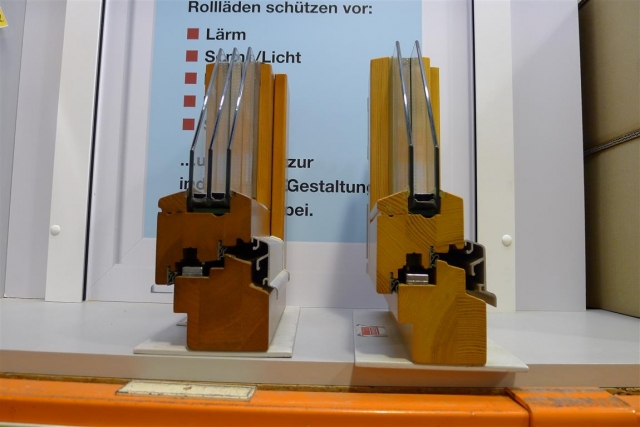
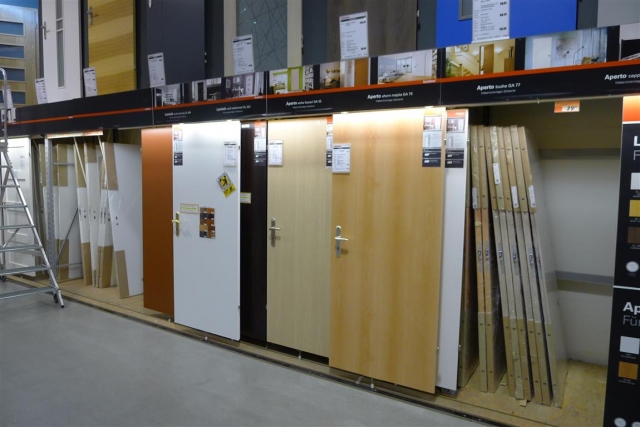
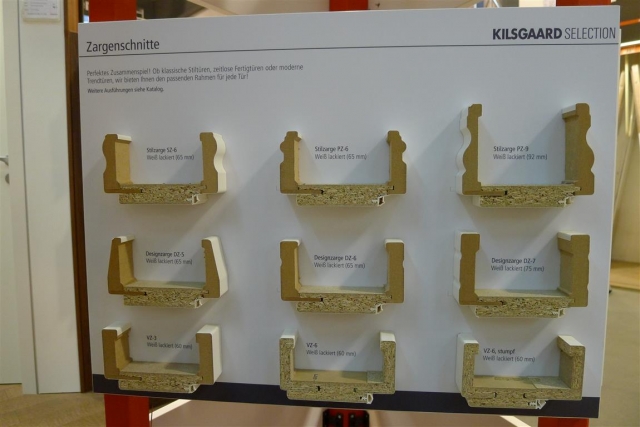
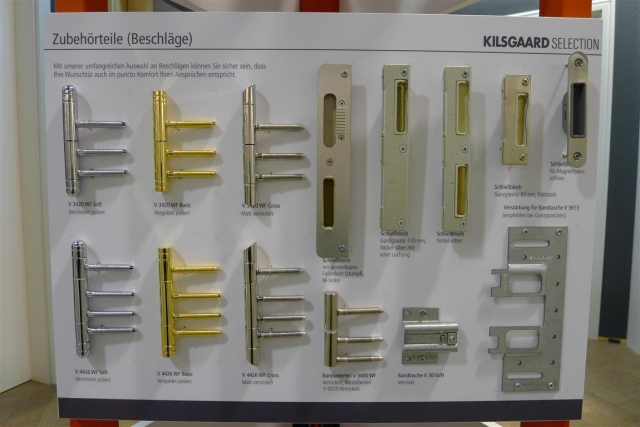
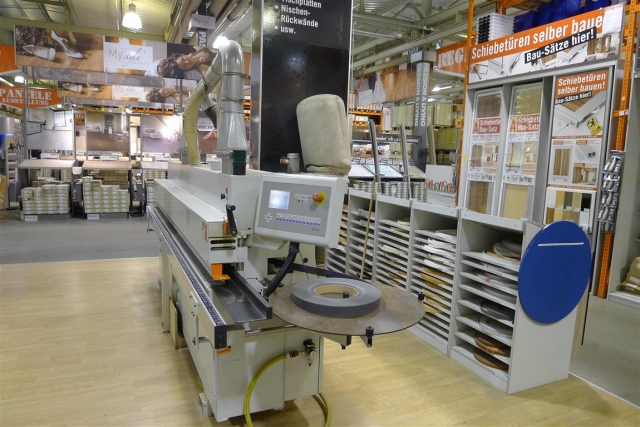

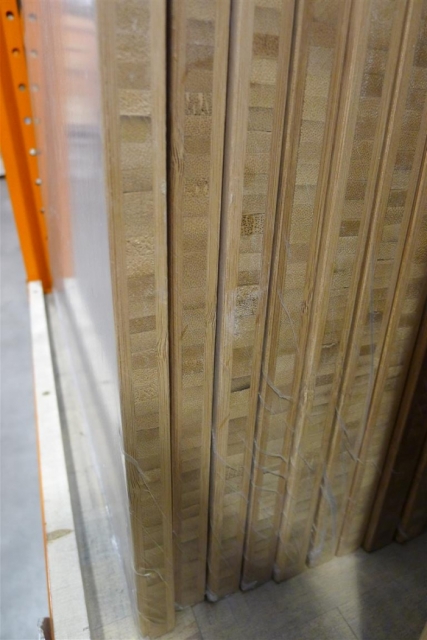
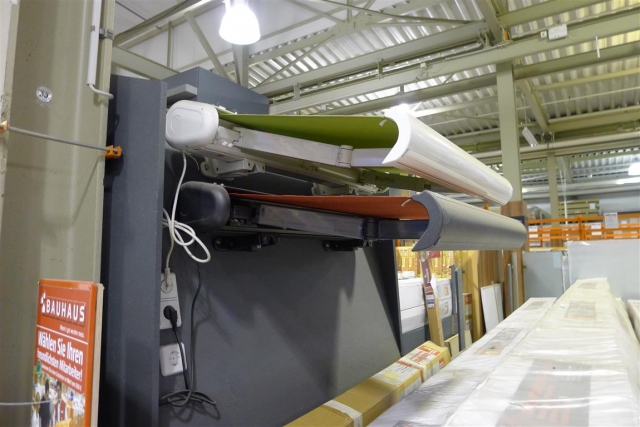
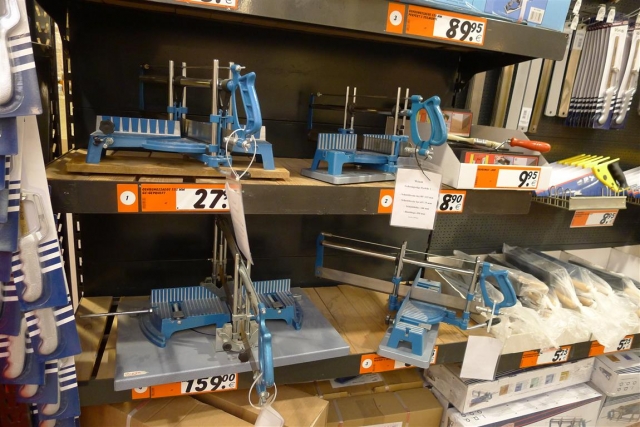

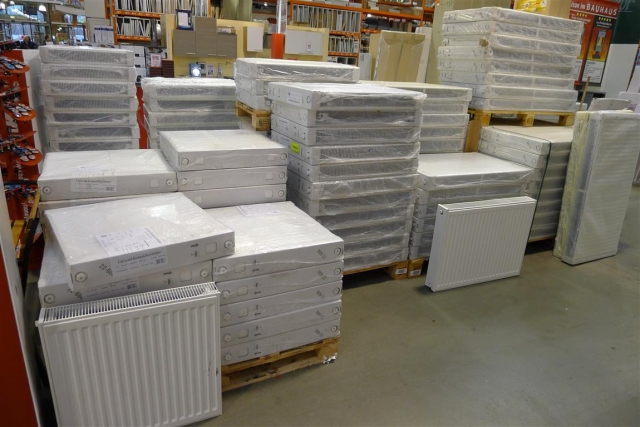
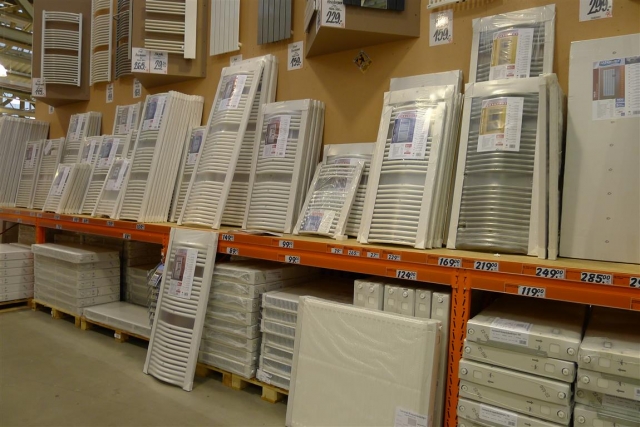
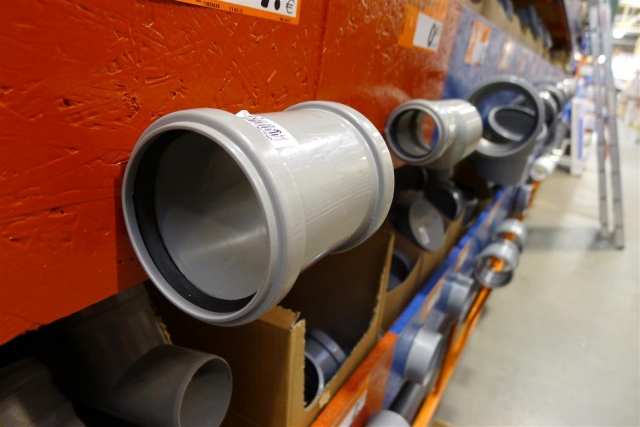
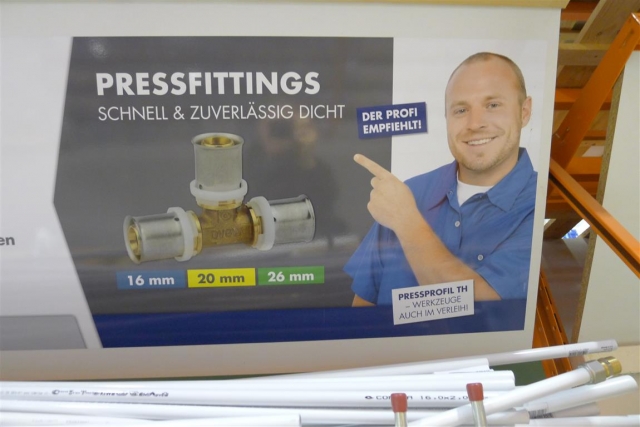
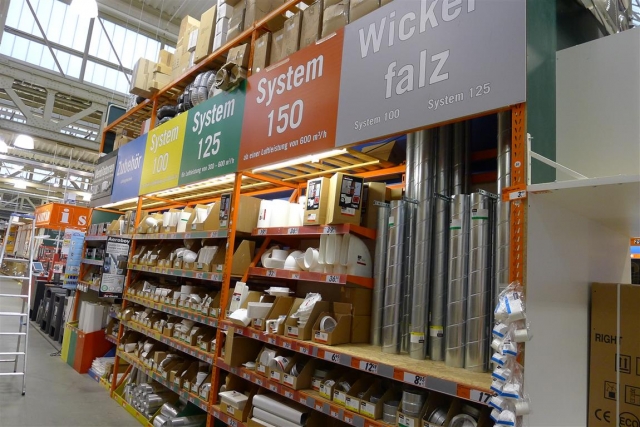
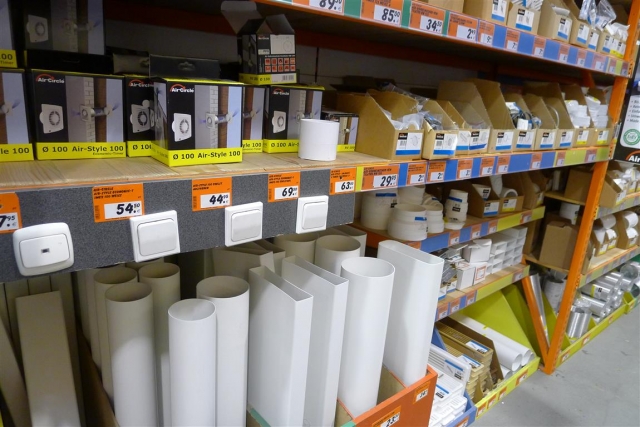
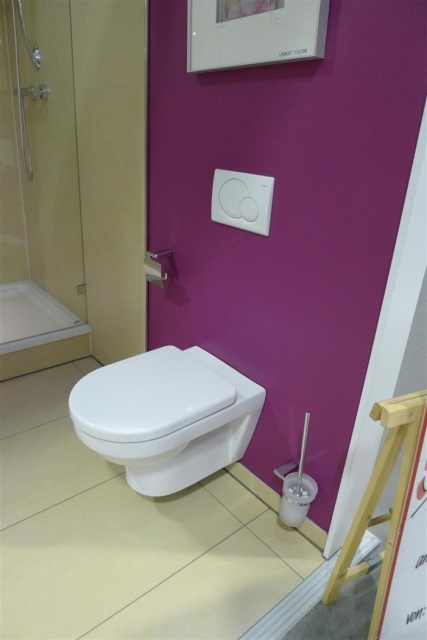
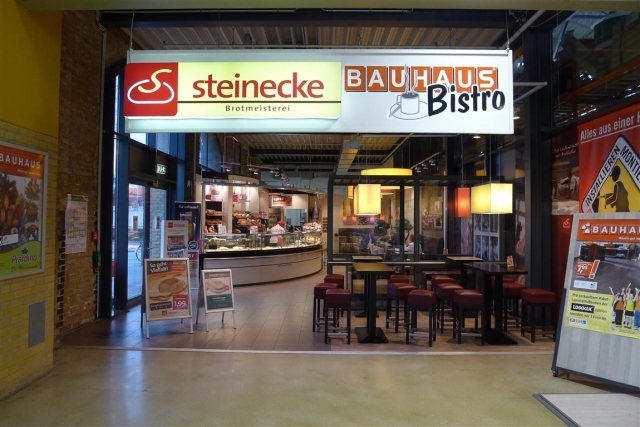










8 Comments
Thanks for the tour
This was fascinating, Andrew.
When do you think we'll have that very smart plastic ductwork in the US?
Thanks again.
Excellent
Excellent Report
Excellent Graphics Format
Response to John Brooks
John,
It took me about three hours to upload Andrew's excellent photos in this format, but the effort was worth it.
Looks like a dream come true
I would be so HAPPY in a store like that. Thank you Andrew and Martin for giving us a look into a real home improvement store.
Puts Things Into Perspective
Wow, thanks for the pics and information! It's like taking a trip to Germany but from the comfort of a computer chair, and a whole lot cheaper. Looking at the available products and how the energy efficient housing movement is so much more advanced and in demand in places like Germany, really puts things into perspective on how far behind we are here in the USA. We are still slamming 2x4's together and putting R-13 fiberglass batts into walls on new homes. All while installing leaky & inefficient double hung & sliding double pane windows. To see a triple pane window available on the shelf in a big box store in Germany is quite humbling.
When electricity rates are at .40 cents per kWh, one builds efficient homes out of necessity but even so the Germans were always ahead of the curve when it came to the home energy movement. With building movements like Passive House, which is still in its infancy here in the USA and slow to get going, the Germans were way ahead of the curve. When talking "energy efficiency" here in the USA, most contractors look at you like you are from another planet and energy efficiency to them is putting in an Energy Star fridge and dishwasher and some CFL's installed.
The paradigm shift in terms of the fuel efficiency of vehicles here in the USA happened when the gas crunch of the 1970's forced the U.S. auto manufacturers to reconsider making 4,000 LB vehicles that got 8mpg. Energy is still cheap in the USA but things can change. When we have to pay .40 cents per kWh for grid power, we might learn very quickly what it means to build an energy efficient home.
Until then, we can always window shop at the Bauhaus Store....
I found many of the products
I found many of the products very interesting. I was curious about the toilet and how the tank is handled. What access is there for maintenance.
Response to Robert Hronek
Robert,
Wall-hung toilets for residential applications have been available for years in the U.S.
Here is one manufactured by Kohler:
http://www.us.kohler.com/us/KOHLER-Veil%E2%84%A2-Wall-hung-Toilet-Saves-Space-with-a-Modern-Design/content/CNT18200084.htm
Orders?
Are you taking orders?
If you hadn't seen it yet, there was a NetZero experimental house (Efficiency House) across the street from TUV... around the corner from the zoo. I believe the architectural firm is out of Hamburg. That might be an interesting project to see. In October 2012 while we were in Berlin - the house was occupied by a family and not available for tours. The goal of the house was netzero for everything... including transportation energy. The EV's charged from the roof top panels... Berlin is not as sunny as the southern parts of Germany.
In October 2012 there was also a major redevelopment of a brown field that was underway at Potsdamer Platz and I believe just across from what was more or less the Berlin city hall. (Between Leipziger Strasse and Vossstrasse If that construction is still underway - that could be a real interesting work to try following. I have pictures of big holes in the ground and perhaps 12 or 15 cranes moving construction materials around the site.
(Google maps currently shows the construction in progress with cranes still there... my guess is picture is a year old.)
A trip to Saturn can also be a fun - not because of the size of the store... Saturn - for those that hadn't seen them before... is a small chain store generally multiple floors that has electronics and consumer goods. Something that might be comparable to a "Best Buy". It's interesting to see the appliances in the store washing machines, dryers, and cooking appliances, coffee makers, etc. One of the surprising things we discovered after spot checking the "appliance stores" over the years is that even in Germany their average size for refrigerators appears to be growing...
Log in or create an account to post a comment.
Sign up Log in